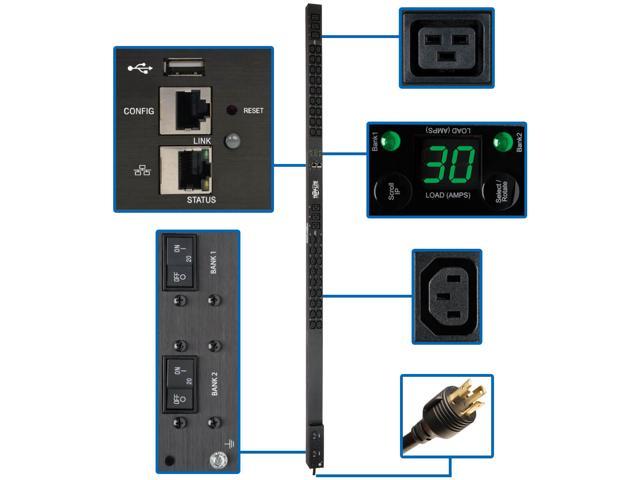To comment at length on the importance of the benzodiazepines seems superfluous within the scope of this preface. No other class of active substances has experienced an even approximately compa rable advance in the past two decades. It is therefore not surprising that the formerly dominant barbiturates and bromocarbamides have had to give way in many fields to the benzodiazepines, which now rank first (Proudfoot and Park [1828]). Closely linked with the great therapeutic importance of the benzodia zepines are analytical problems. Detection and the determination of blood levels can be necessary under therapeutic aspects, for instance in working out optimally effective levels in the treatment of epileptic conditions (“drug monitoring”), but also in connection with questions at issue in toxicology and traffic medicine. A toxicological analysis can be subdivided into the following steps: Detection (identification including screening) Determination (e. g. blood, plasma or serum levels) Interpretation of the analytical results. This book is intended as a contribution to each of these chapters: The part “Analytical Data” (pp.I-122) gives a comprehensive collec tion of data, e.g. general and chromatographic data (TLC, GLC) as well as spectra (UV, IR, MS) of 19 commercial preparations, 23 important metabolites and 18 hydrolysis derivatives. Information about biotransformation and the possible formation of aminobenzo phenone derivatives is also given. The most important analytical methods are presented in an extensive review on pp.123-204 in order to make it possible to select the optimum method on the basis of the essential data.















